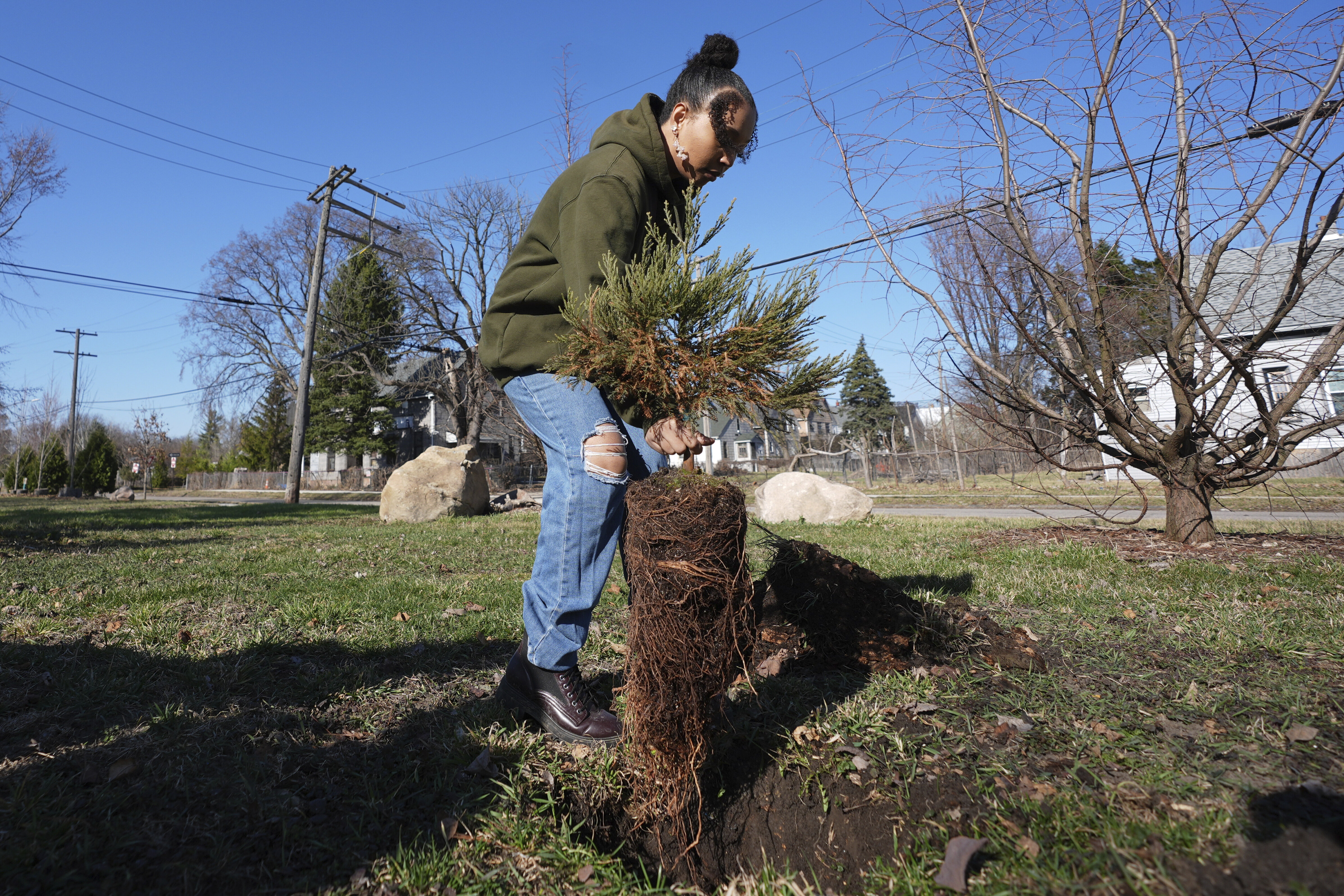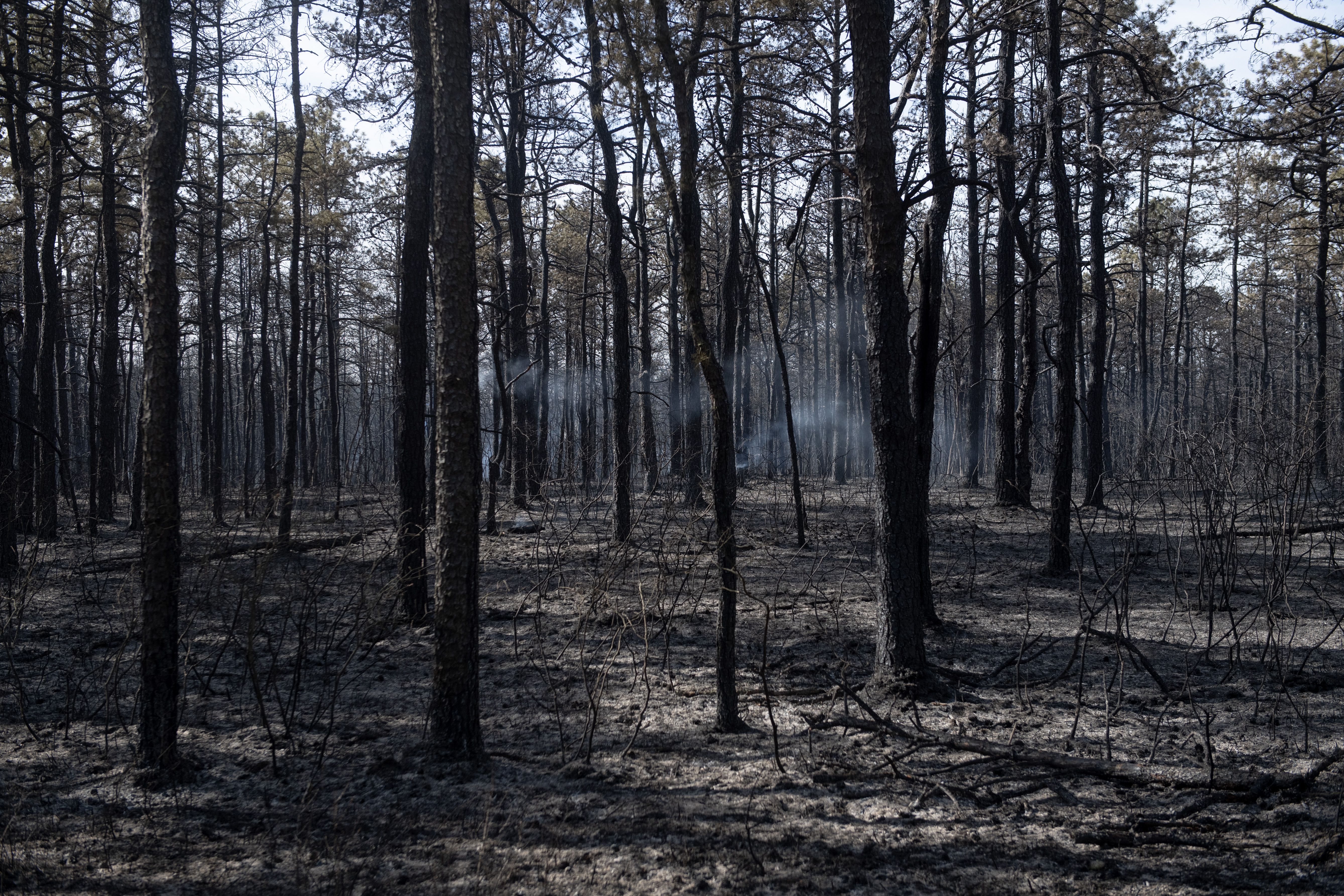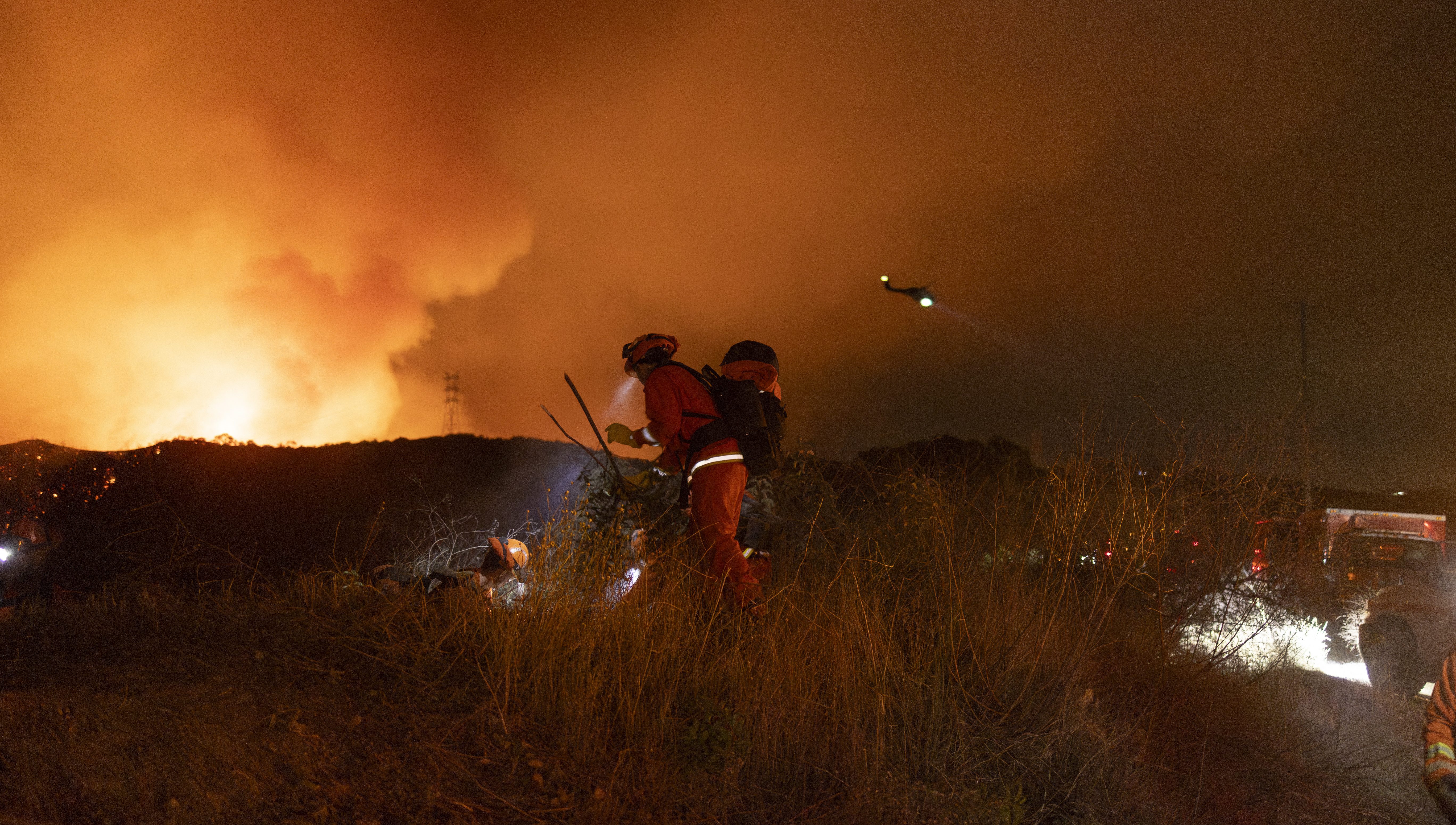Detroit's Giant Sequoias: Earth Day Planting for Cleaner Air!
Giant Sequoias in Detroit? Earth Day Planting Promises Cleaner Air!
A Redwood Dream in the Motor City
Imagine towering giant sequoias, those majestic trees of California's Sierra Nevada, gracing the landscape of Detroit. It sounds like something out of a dream, doesn't it? But that's precisely what's happening! Arborists are transforming vacant lots on Detroit's eastside into a unique urban forest featuring these magnificent trees, a stark contrast to the city's usual elms, oaks, and red maples.
Giant Sequoia Filter Forest: A Vision Taking Root
This isn't just about planting trees; it's about creating a living legacy. The project, aptly named the Giant Sequoia Filter Forest, aims to address multiple pressing issues. It tackles urban blight by replacing neglected land with something beautiful and beneficial. But more importantly, it strives to improve air quality in the city and help safeguard the iconic sequoias themselves, which are increasingly threatened by wildfires.
Archangel Ancient Tree Archive and Arboretum Detroit: Partners in Green
The seeds of this incredible initiative are being sown by two dedicated non-profit organizations. Archangel Ancient Tree Archive is generously donating dozens of sequoia saplings. Arboretum Detroit, another non-profit, is organizing the planting efforts, engaging staff and volunteers to bring the vision to life on Earth Day, April 22nd. It's a true partnership for a greener future.
Global Ambitions: Spreading the Sequoia Love
Detroit isn't the only city set to benefit from Archangel's ambitious plans. Co-founder David Milarch envisions planting sequoias in other urban environments like Los Angeles, Oakland, California, and even London. Think of it – a network of urban sequoia forests, acting as living filters and breathing new life into cities around the world!
The Magic of Giant Sequoias
Why Sequoias? A Tree of Immense Proportions
What makes giant sequoias so special? Well, for starters, they're the largest trees on Earth by volume. They can live for thousands of years, witnessing centuries of history unfold. Their sheer size and longevity are awe-inspiring, inspiring a sense of wonder and respect for nature's power.
Air Quality Champions
Beyond their majestic presence, sequoias are incredibly efficient at absorbing carbon dioxide from the atmosphere. They act as natural carbon sinks, helping to combat climate change and improve air quality. Imagine the impact dozens of these trees could have on Detroit's air, filtering pollutants and creating a healthier environment for residents.
From Blight to Beauty: Transforming Vacant Lots
Reclaiming Neglected Spaces
Vacant lots can be a source of blight in urban areas, attracting illegal dumping and contributing to a sense of neglect. By transforming these spaces into a thriving forest, the project aims to improve the aesthetic appeal of the neighborhood and create a sense of community pride.
A Catalyst for Positive Change
Imagine children playing amongst the towering trees, residents enjoying a peaceful stroll through the urban forest, and the overall improvement in the quality of life for the community. The Giant Sequoia Filter Forest could be a catalyst for positive change, inspiring further green initiatives in Detroit.
Earth Day Celebration: A Day of Action
Marking the Occasion with Purpose
What better way to celebrate Earth Day than by planting trees that will benefit future generations? The Earth Day planting event will bring together volunteers from all walks of life, united by a shared passion for the environment.
Engaging the Community
This event isn't just about planting trees; it's about engaging the community and raising awareness about the importance of environmental stewardship. It's an opportunity to learn about the benefits of trees, the challenges facing sequoias, and the role we can all play in protecting our planet.
Protecting a Threatened Treasure
Sequoias Under Siege
Giant sequoias are native to a relatively small area in California's Sierra Nevada. Sadly, these magnificent trees are facing increasing threats from wildfires, which are becoming more frequent and intense due to climate change. The Detroit project offers a unique way to preserve these trees for future generations.
A Living Archive
By planting sequoias in diverse locations, Archangel Ancient Tree Archive is creating a living archive, safeguarding the genetic heritage of these iconic trees. It's a form of insurance against the potential loss of sequoias in their native habitat.
Addressing Climate Change in Detroit
The Urban Heat Island Effect
Cities like Detroit often experience what's known as the urban heat island effect, where temperatures are significantly higher than in surrounding rural areas. Trees help to mitigate this effect by providing shade and cooling the air through evapotranspiration.
A Greener Future for the Motor City
The Giant Sequoia Filter Forest is just one step towards creating a greener, more sustainable future for Detroit. By planting more trees and promoting green infrastructure, the city can improve air quality, reduce the urban heat island effect, and enhance the quality of life for its residents.
Challenges and Opportunities
Ensuring the Trees Thrive
While the project is incredibly exciting, it's important to acknowledge the challenges involved. Growing sequoias in an urban environment requires careful planning and ongoing maintenance. Ensuring that the trees receive adequate water, sunlight, and protection from pests and diseases will be crucial for their survival.
Community Involvement is Key
The success of the project hinges on community involvement. Engaging local residents in the care and maintenance of the forest will foster a sense of ownership and ensure the long-term sustainability of the initiative. Education programs and volunteer opportunities can help to empower residents to become stewards of their environment.
Inspiring Other Cities
A Model for Urban Forestry
The Giant Sequoia Filter Forest could serve as a model for other cities looking to address environmental challenges and improve the quality of life for their residents. By demonstrating the benefits of urban forestry and highlighting the importance of preserving threatened species, the project could inspire similar initiatives around the world.
The Power of Trees
Trees are essential for our planet's health and well-being. They provide clean air and water, sequester carbon, and support biodiversity. Investing in urban forestry is an investment in our future.
Conclusion: A Giant Step Towards a Greener Tomorrow
The Giant Sequoia Filter Forest in Detroit is more than just a collection of trees; it's a symbol of hope, resilience, and the power of collaboration. It represents a bold vision for a greener future, where urban environments are transformed into thriving ecosystems that benefit both people and the planet. By planting these magnificent sequoias, Detroit is not only improving its air quality and reclaiming neglected spaces but also contributing to the preservation of a threatened treasure for generations to come. It's a truly giant step in the right direction.
Frequently Asked Questions
- Why plant sequoias in Detroit? Sequoias are excellent at carbon sequestration, helping to improve air quality. Planting them in Detroit provides a unique opportunity to address urban blight, combat climate change locally, and safeguard the species outside its native habitat.
- How will the sequoias survive the Detroit climate? While Detroit's climate differs from the Sierra Nevada, sequoia saplings can adapt with proper care. Arboretum Detroit will focus on ensuring adequate watering, soil conditions, and protection, maximizing the trees' chances of thriving.
- Who is funding this project? The project is primarily funded by donations and grants received by Archangel Ancient Tree Archive and Arboretum Detroit. Volunteer efforts also contribute significantly to the project's success.
- How can I get involved? Arboretum Detroit welcomes volunteers for planting events, tree care, and community outreach. Check their website for upcoming opportunities to contribute to the Giant Sequoia Filter Forest.
- What are the long-term goals for the forest? The long-term goal is to establish a self-sustaining urban forest that provides environmental benefits, enhances community well-being, and serves as an educational resource for future generations.


